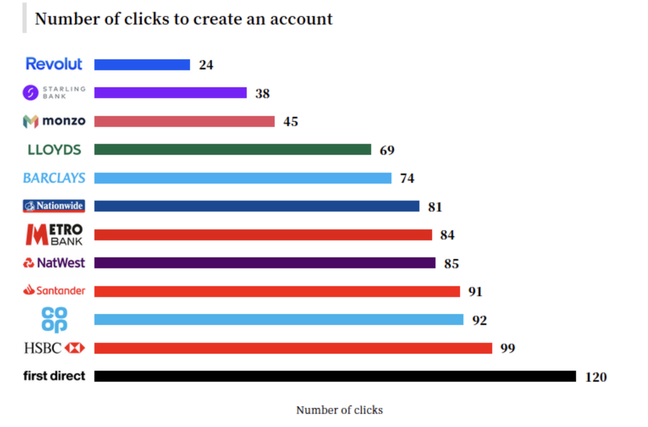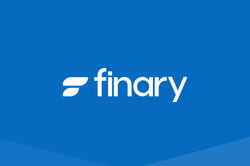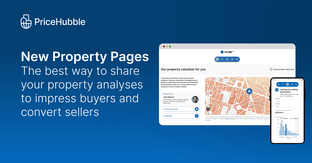Céleste has also noticed a real appetite for the "immediacy" aspect, which has become a key differentiator for banks in 2022. She also mentions a strong need for personalisation but stresses that this point also creates a major challenge: "There is a very strong tension between the fact that users want a hyper-personalised experience and the fact that they are not ready to share too much personal information."
For banks, the challenge is to be able to offer a tailored experience, while minimising the effort when collecting data. To do this, the use of public databases or the use of external providers such as Budget Insight allow for the pre-filling of fields and the facilitation of this stage.
The onboarding stage is a phase creating challenges and opportunities in the banking customer experience, but opportunities for a better UX and a higher level of personalisation are not limited to this area alone. "For wealth and investment, it's the same. New players have arrived, offering very simple and efficient solutions, making investment products normally designed for professionals available to all," explains Bertrand.
2. The expansion of open banking and open finance: A pillar for optimising the customer journey in depth
When talking about innovations transforming the digital banking customer journey, it is impossible not to mention open banking and open finance. Driven by the entry into force of the European "PSD2" directive in 2018, which encourages the collaboration between financial institutions and new players in banking and payments, the concept of open banking is proving to be a prerequisite for numerous customer journey related innovations.
Whether it is for simplifying onboarding (for example by pre-filling in fields as mentioned above) or for offering additional digital services (personalised advice depending on consumption habits, support for a real estate project, etc.), open banking is an irreplaceable component.
Its role appears even more crucial when you consider that, according to the Deloitte study "The French and new financial services", almost 43% of respondents systematically carry out their banking operations online, and almost 4 out of 5 participants say they are interested in at least one extra-financial service.
Bertrand believes that the last few years have allowed these innovations to be pushed even further: "The COVID-19 crisis has acted as a catalyst and has accelerated a lot of digitalisation initiatives that were previously difficult to implement. It truly enabled new uses to emerge."
In this context and in view of the emergence of new user behaviours, sharing data has become essential to create more intuitive, richer and user-centric customer journeys. The digitalisation of customer relationships is becoming an imperative, and some companies have understood this before others:
"This is the case with our client Finary or companies like Yomoni: you connect your financial assets, define savings or investment objectives and the app advises you, or even offers you simple financial products adapted to your profile, with an interface that you directly understand. These players have really taken part in this revolution in the customer experience in financial services," Bertrand emphasises.
3. Real estate data, a real driver of customer acquisition and retention for banks and financial services providers
Real estate also has a role to play in enhancing the banking customer experience. And for good reason: it can act as a powerful driver of customer acquisition and retention by providing real added value to users.
In the past few years, it has become essential for banks to go beyond standard banking services - the Deloitte study mentioned above highlights the fact that many users are indeed interested in extra financial services.
One of the trends that many banks are already adopting to complement their 'traditional' offerings is - you guessed it - offering real estate related services. For example, by providing customers with a real-time overview of property assets, market dynamics or even transactions and building permits in the vicinity, banks can position themselves as a trusted third party and thus provide strategic input on all real estate related matters. They leverage real estate data to create extra touchpoints and keep customers informed and engaged.
Alexis explains: "Providing detailed information about your customers’ properties helps create a richer customer experience. It allows a slightly more complementary view of finance, which until now has been mainly focused on highly liquid investments.”
Via an API integration, this real estate 'block' can be incorporated and configured into your existing environment to create a personalised and cohesive end-to-end journey. The user can access all the "classic" banking functions from a mobile app or the bank's website, and they can also find detailed information about their real estate investment(s), mortgages, etc. and their evolution over time.
💡 Learn how real estate data allows Finary to offer its clients a comprehensive, dynamic asset tracking solution that allows them to differentiate from the competition. See our case study below 👇








